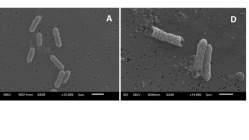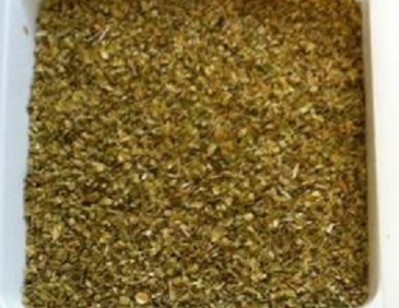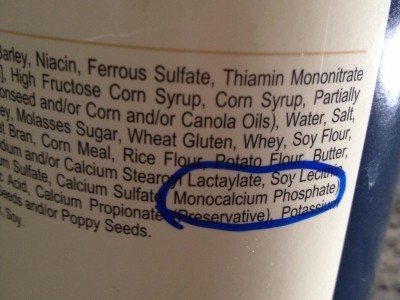Oregano oil nanoemulsions tested as antimicrobial control

A 2.18–3.57 log reduction was achieved over a 72 hour period by the team of researchers at Wayne State University.
Plant essential oils such as those from thyme, oregano and clove are known to have a strong antimicrobial effects but use is limited due to low solubility in water.
The team formulated oil nanoemulsions to increase solubility and stability of essential oils, and enhance their antimicrobial activity.
The current microbial control strategy is industrial washing in water containing chlorine.
Formulating Oregano oil nanoemulsions
Oregano oil nanoemulsions were formulated with a food-grade emulsifier and evaluated for efficacy in inactivating the growth of foodborne bacteria on fresh lettuce.
“The increased antimicrobial effect of nanoemulsions can be explained by the formulation stabilizing the compound and reducing the interaction with organic ingredients in produce, as opposed to free essential oils or oils dissolved in water that may separate easily and result in a decreased efficacy,” said the researchers.
“Also, the increase in surface area upon emulsification is expected to improve the efficacy of essential oils as it ensures larger coverage of the lettuce for a given concentration of the oil.”
Lettuce was artificially inoculated with Listeria monocytogenes, Salmonella Typhimurium and E.coli O157:H7, followed by a one-minute dipping in oregano oil nanoemulsions (0.05% or 0.1%).
Samples were stored at 4 °C and enumerated for bacteria at fixed intervals (0 hours, three hours, 24 hours and 72 hours).
Although 0.05% and 0.1% oregano oil nanoemulsions demonstrated antimicrobial effects, variation exists in bacteria sensitivity.
For example, the 1.18 log more reduction in S. Typhimurium by an increased concentration of oregano oil at 72 hours compared to L. monocytogenes and E. coli O157:H7, with 0.13 log and 0.22 log difference at 72 hours, respectively, by two concentrations.
Different concentrations and pathogens
Compared to the control, 0.05% nanoemulsion showed an up to 3.44, 2.31, and 3.05 log CFU/g reductions in L. monocytogenes, S. Typhimurium and E. coli O157:H7, respectively.
Up to 3.57, 3.26, and 3.35 log CFU/g reductions were seen on the same bacteria by the 0.1% treatment.
Initial concentration of L. monocytogenes, S. Typhimurium and E. coli O157:H7 on the mixed lettuce after inoculation was 7.1, 6.9, and 6.3 log CFU/g, respectively.
Although the highest microbial reduction was in L. monocytogenes, all three were sensitive to the treatment on lettuce.
Scanning Electron Microscopy (SEM) demonstrated disrupted bacterial membranes due to the oregano oil treatment.
Stock cultures of L. monocytogenes ATCC 19115, S. Typhimurium ATCC 19585 and E. coli O157:H7 ATCC 700927 were grown in Tryptic Soy Broth (TSB) at 37 °C for 18 hours followed by washing in phosphate buffered saline (PBS) for two times before inoculation.
One millilitre of individual bacterial suspension in PBS (109 CFU/ml) was added to 100g of lettuce, followed by mixing and drying for 15 minutes in a Biosafety cabinet.
Lettuce was dipped in 200ml nanoemulsions with 0.05% or 0.1% v/v of oregano oil for one minute, dried for 30 minutes and then stored in double-zipper Ziploc bags at 4 °C. Sterile distilled water was used as control.
Nanoemulsion concentrations of 0.05% (500 μl/L) and 0.1% (1000 μl/L) were selected based on the Minimum Inhibitory Concentrations (MIC) results.
The researchers said future work should investigate the antimicrobial effects of essential oil nanoemulsions in combinations and formulate optimal proportion of each ingredient so the lowest possible levels can be applied.
Source: Food Microbiology: volume 47 May 2015, pages 69-73
Online ahead of print, DOI: 10.1016/j.fm.2014.11.007
“Application of an oregano oil nanoemulsion to the control of foodborne bacteria on fresh lettuce”
Authors: Kanika Bhargava, Denise S. Conti, Sandro R.P. da Rocha, Yifan Zhang


















